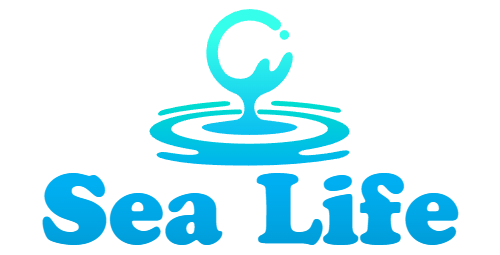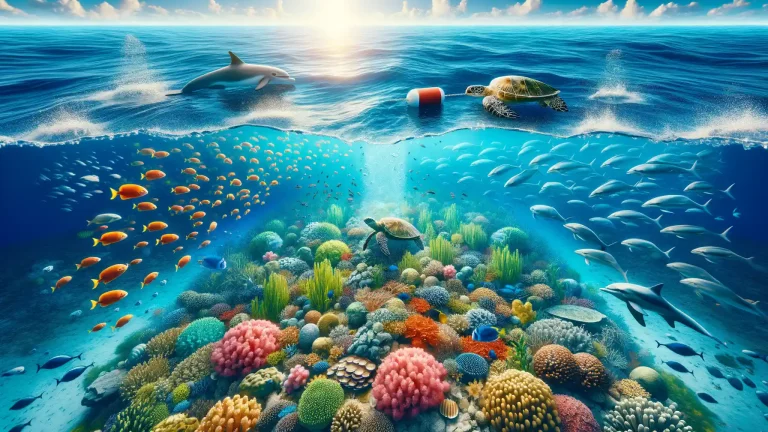What Are Marine Protected Areas?
Diving Into the Heart of Marine Protected Areas
Picture this: a treasure chest beneath the waves, brimming with life and wonder. That’s essentially what Marine Protected Areas (MPAs) are – underwater sanctuaries designed to safeguard our planet’s most precious marine ecosystems. They’re like national parks, but hidden in the blue depths instead of sprawling across mountains or forests.
The purpose? To create safe havens where aquatic life can thrive without human interference. Within their boundaries, activities such as overfishing, mining, or drilling are often restricted, allowing coral reefs, mangroves, seagrass meadows, and all who call these places home to recover and flourish.
What Makes MPAs So Special?
Let me break it down for you with a list:
- Habitat Protection: From sea turtles to vibrant shoals of clownfish, MPAs preserve biodiversity by protecting critical habitats.
- Nurturing Nursery Grounds: Many fish species rely on these areas to grow from tiny hatchlings to mature adults.
- Carbon Storage: Did you know mangroves and seagrass beds lock away CO2? MPAs help keep that vital process ticking along.
Think of them as ocean time capsules, preserving not only species but entire ecosystems for future generations. They’re nature’s reminder that balance is key – and that we all have a role to play.
Environmental Benefits of Marine Protected Areas
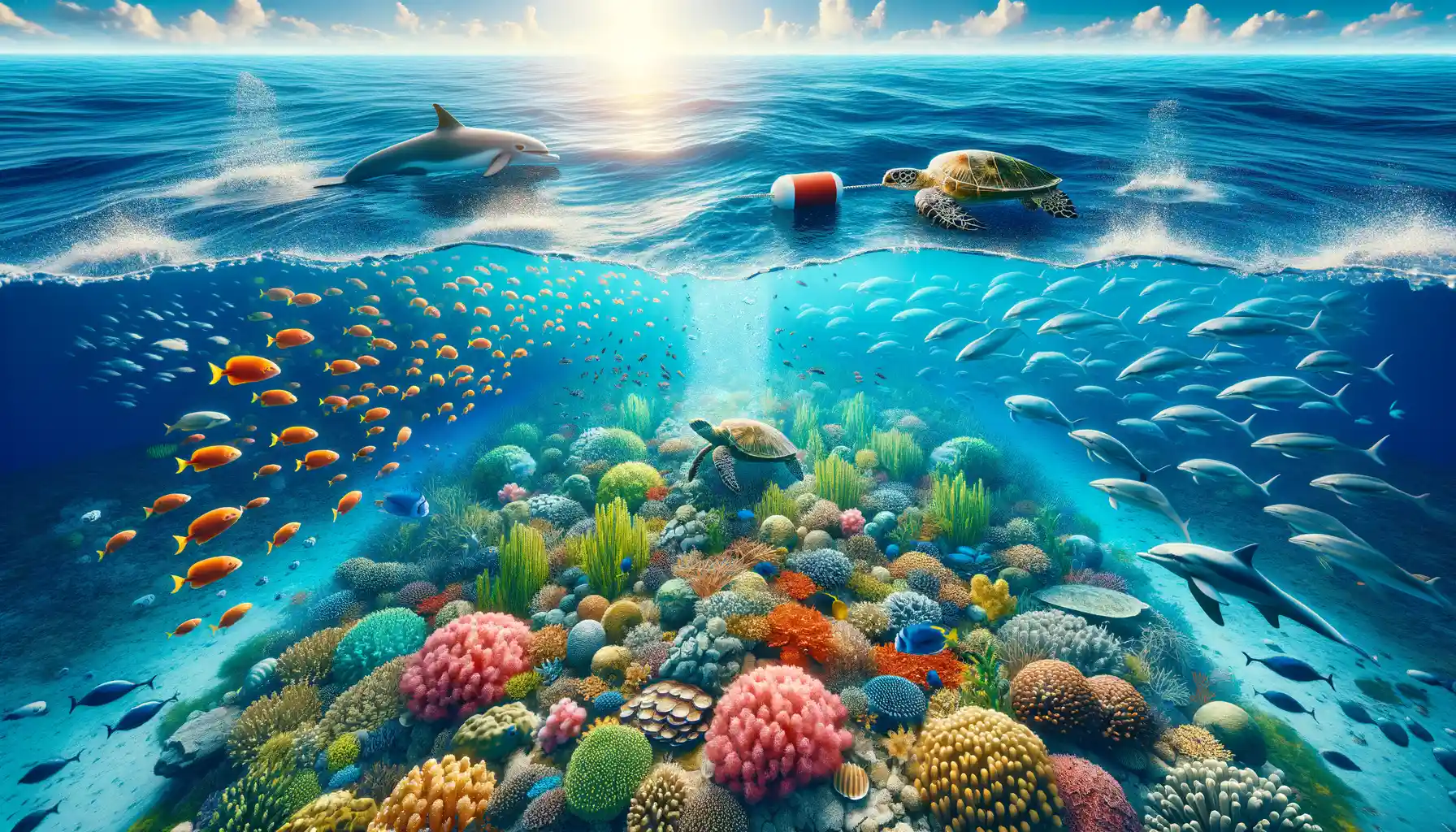
Preserving the Pulse of Ocean Life
Imagine the ocean as a vast, beating heart. It’s the lifeblood of our planet, teeming with vibrant marine ecosystems that sustain everything from coral forests to migrating whales. When we establish Marine Protected Areas (MPAs), we’re essentially wrapping a protective shield around this crucial heartbeat. This matters because our oceans face relentless threats—overfishing, pollution, habitat destruction—that disrupt their natural rhythm.
MPAs act as safe havens, allowing marine species to recover and thrive. For example, in areas where fishing is limited, you see fish populations rebounding dramatically. Coral reefs that were once bleached and broken often spring back to life, creating sanctuaries for countless species. This isn’t just good news for wildlife; it’s like restoring a symphony, each creature playing its part harmoniously.
- Increased biodiversity: MPAs help protect rare species and foster diverse ecosystems.
- Healthier habitats: Seagrass meadows, mangroves, and coral reefs flourish when stressors are reduced.
These pockets of protection don’t just heal what’s wounded—they ensure the ocean’s pulse remains strong for generations to come.
Economic and Social Importance

Thriving Coastal Economies
Imagine bustling harbors, where fishermen haul in their daily catch, and tourists flock to vibrant seaside markets brimming with life. This is the heartbeat of many coastal economies—thriving thanks to the benefits of Marine Protected Areas (MPAs). By safeguarding marine ecosystems, MPAs ensure that fisheries remain productive and sustainable. Overfishing becomes a thing of the past, replaced by a steady flow of seafood that supports communities both large and small.
Take, for example, coral reefs protected within MPAs. These underwater treasures not only shelter fish but also draw millions of visitors annually. Dive shops, eco-tour operators, and coastal restaurants all reap the rewards. Healthy oceans mean healthy businesses.
- Fisheries benefit from larger and healthier fish populations.
- Tourism flourishes around pristine waters teeming with life.
- Jobs in conservation and marine research increase.
A Lifeline for Coastal Communities
Beyond economics, there’s a deeply personal connection between human lives and MPAs. In storm-prone regions, mangrove forests and seagrass beds—often protected within MPAs—act like nature’s shields. These ecosystems absorb wave energy, reduce flooding, and, quite literally, save lives during extreme weather events.
For coastal communities, MPAs are more than policies—they’re promises of stability. Families that rely on fishing know their children will inherit well-stocked waters. Entire towns find purpose in preserving and celebrating their unique ocean culture. It’s not just about money; it’s about survival, identity, and pride.
Challenges in Establishing and Managing MPAs
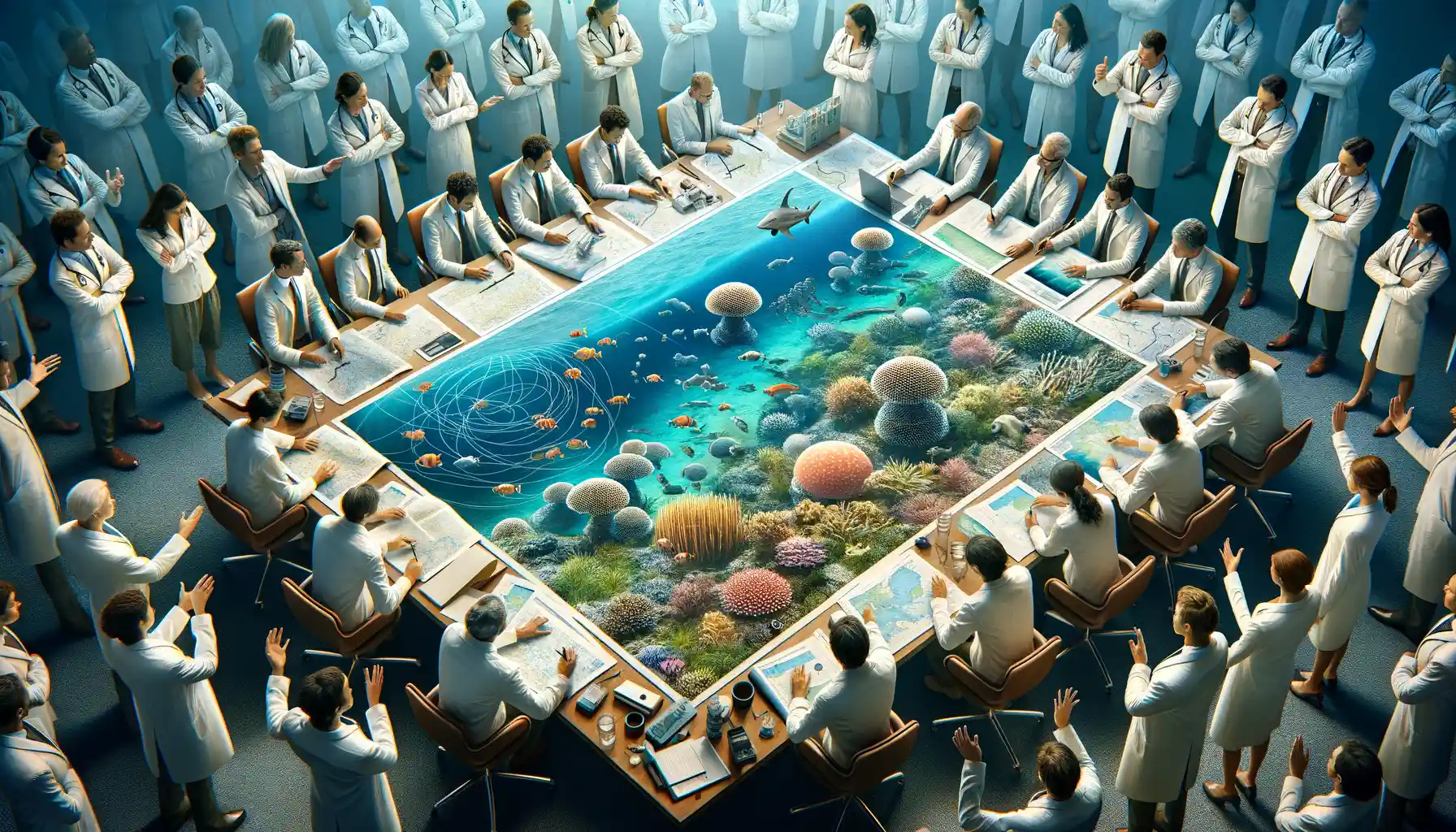
Overcoming Barriers to Protecting Our Oceans
Establishing and managing Marine Protected Areas (MPAs) is like trying to build a sandcastle during high tide—constant challenges threaten to wash away progress. One of the biggest hurdles? Balancing the needs of the ocean with the demands of people. Picture a fisherman who’s relied on these waters for generations—convincing him to give up part of his livelihood can feel impossible without offering workable alternatives.
Funding often becomes the Achilles’ heel. MPAs require continuous resources: enforcement, scientific monitoring, community engagement. Without an ocean-sized budget, even the best plans can falter. And enforcement itself is its own beast. How do you ensure compliance when illegal fishing vessels can slip into prohibited areas under cover of darkness?
- Lack of local support: If coastal communities feel excluded from decisions, conflict is almost inevitable.
- Climate change: Rising temperatures and acidifying waters don’t respect MPA boundaries, often undermining protection efforts.
The Human Factor: Collaboration or Clash?
Here’s the truth: MPAs thrive on teamwork. Governments, NGOs, scientists, fishers, and indigenous groups must come together, but clashing priorities often spark tension. Without clear communication and shared goals, what begins as a solution risks becoming another source of division. Yet, when harmony is struck, the results feel nothing short of magical—an underwater world reborn through cooperation.
Strategies for Successful Marine Conservation
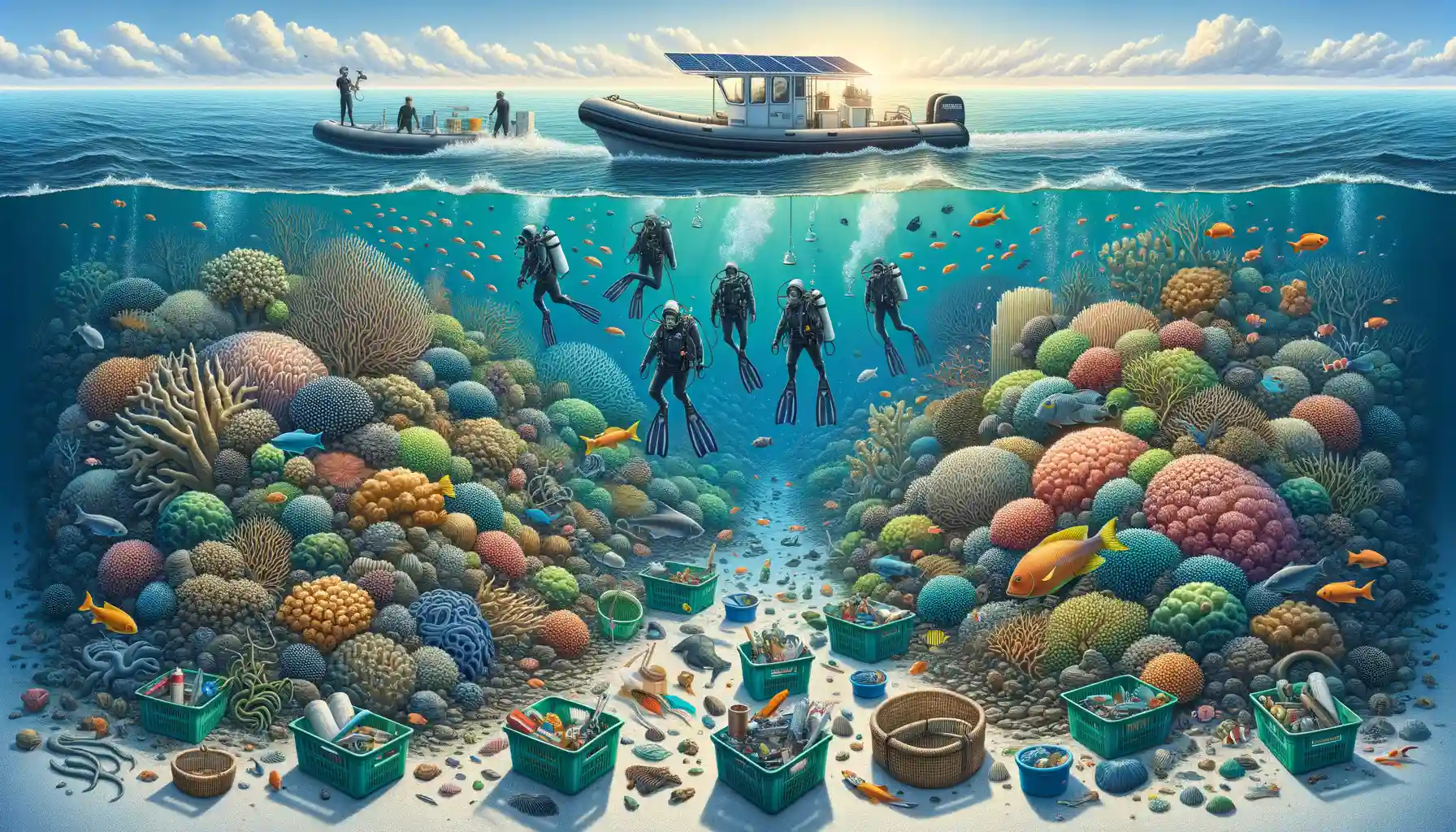
Innovative Tools for Protecting Our Oceans
Imagine standing on a beach, gazing at the vast blue expanse. Now picture that same ocean stripped of its vibrant coral reefs and teeming fish. That’s the stark reality we’re fighting to prevent. So, what can be done? One approach starts with embracing innovation.
Surveillance drones and satellite imaging are the new guardians of the sea. These technologies track illegal fishing in real time, ensuring marine reserves stay untouchable sanctuaries. Meanwhile, artificial intelligence aids researchers by monitoring changes in biodiversity patterns, pinpointing threats before they spiral out of control. It’s science-fiction meets sustainability.
On a more grassroots level, community-led initiatives are equally vital. Empowering local fishers, for example, with mobile apps to report suspicious activity helps protect both their livelihoods and marine life. The key is coupling modern solutions with traditional wisdom—it’s not one size fits all.
Engaging Communities: The Heartbeat of Conservation
Conservation flourishes when people feel personally connected to the cause. How do we instill that? Start by involving coastal communities directly. After all, who knows these waters better than those who’ve called them home for generations?
Here are some powerful strategies:
- Eco-tourism ventures: Let locals guide snorkeling or diving tours while educating visitors about marine preservation. This blends income generation with awareness-raising.
- Education campaigns: Picture children learning about sustainable fishing or planting mangroves with their families—a future generation inspired to care for our oceans.
By honoring cultural traditions and providing tools for stewardship, we create partnerships that ripple far beyond shorelines. Isn’t that the heart of conservation—people joining forces to protect what they love?
